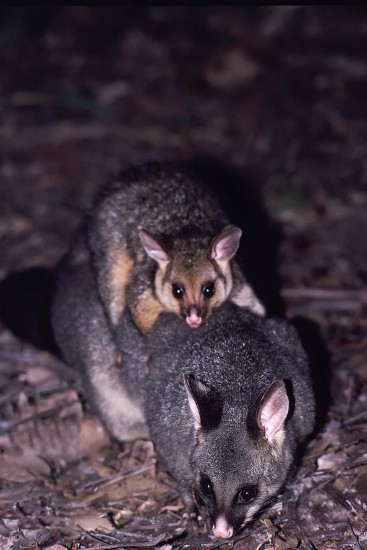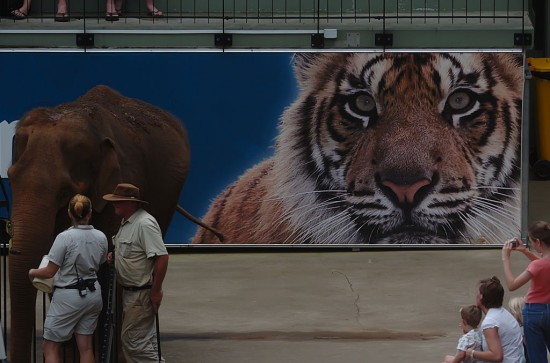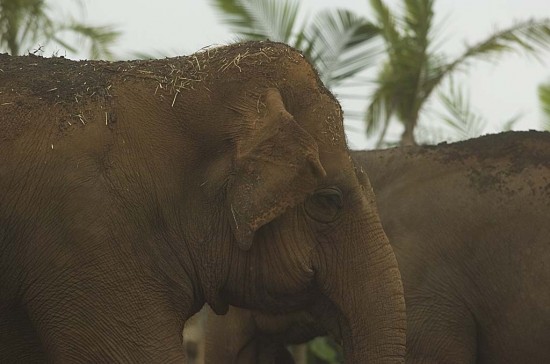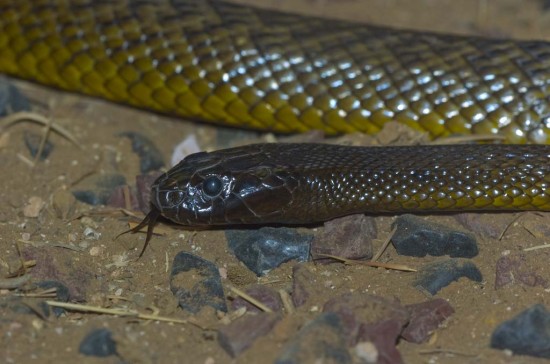
In general there are two types of photography covering animals.
Domestic Animals and Zoo Animals
With domestic animals or animals in the zoo, the photographer generally has the confidence of the animal and a lens in the range of 50-200 mm may be sufficient.
When animals are in cages a very large aperture should be tried to give a very low depth of field, as this may help to give a blurred background to reduce any interference such as cages or other intrusive objects.
Wild Animals
Nearly all wild creatures are timid and fast, thus making them difficult to photograph. Quick refexes, planning and perserverence are required. Knowledge of their feeding habits and movements during the day is needed to predict their behaviour. Some wild creatures will accept your presence provided you do not appear threatening to them. In many cases a long telephoto lens will be required, greater than 300mm with an aperture of f/4.0 or greater, due to their distance from the photographer and the need for fast shutter speeds due to the need to eliminate movement.
Photographing animals is similar to photographing people in that the illumination will be more flattering when the lighting is soft and diffuse as on a cloudy day.
These Australian possums above have been photographed using electronic flash to provide sufficient lighting for these nocturnal animals.
This elephant and his keeper combined with a man made environment and the large image of the tiger added to the complete image.
These elephants were taken at the Australia Zoo.
The use of depth of field to focus on the snakes head, has isolated the head of the snake from the rest of the image.



